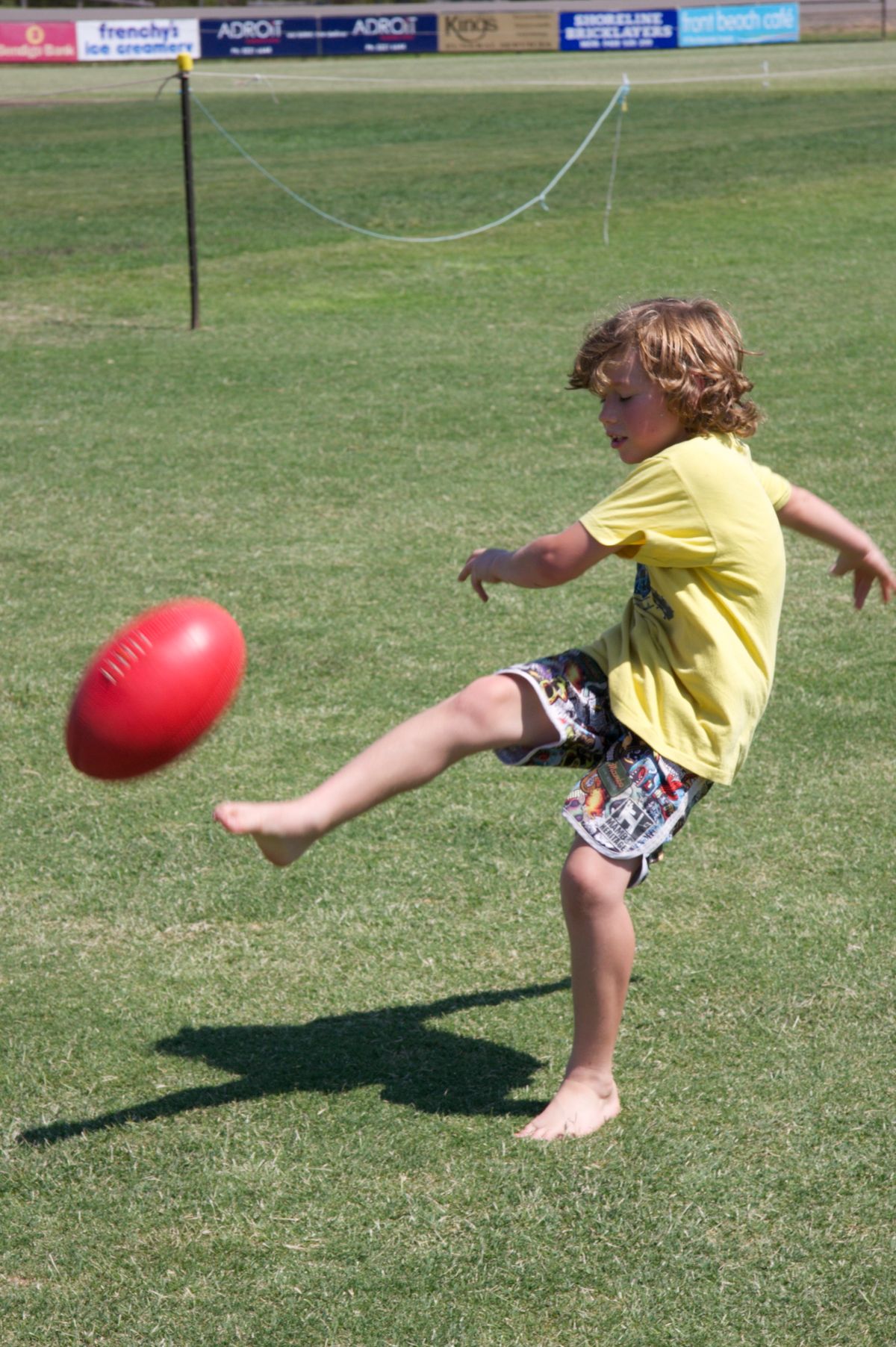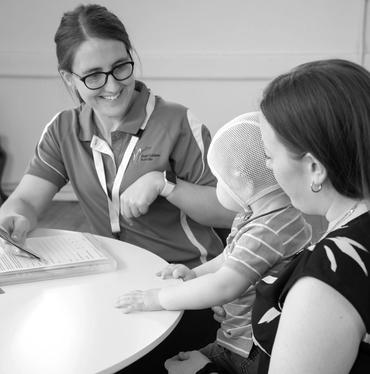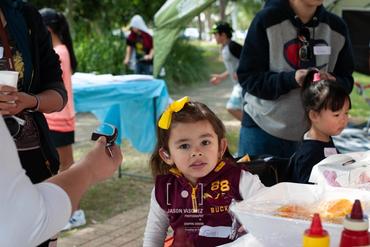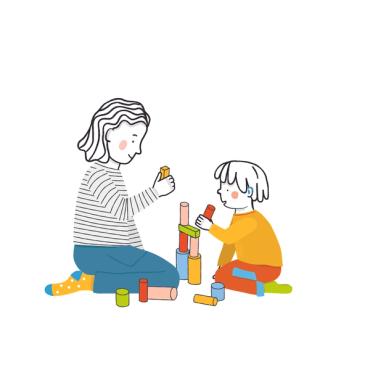About hearing loss - a summary
If your child has recently been diagnosed as being deaf or hard of hearing, you’ll hear a lot of new terminology that may sound confusing and even a little intimidating. It helps to understand a bit more about hearing loss, and the terms hearing professionals use to talk about it.

To get your head around hearing loss, a good place to start is learning more about how ears and the hearing system works.
How does hearing work?
Our ears have three sections. These work together to turn sound waves into electrical signals that get passed along the hearing nerve (known as the auditory or cochlear nerve) to the brain. They are:
1. The outer ear
This includes the outer skin and cartilage that collect sounds and help us know which direction it came from. It also includes the ear canal, which runs into the head and stops at the ear drum. The ear drum vibrates when sound waves hit it.
2. The middle ear
This air-filled space starts at the ear drum and includes three tiny bones, known as the hammer, anvil and stirrup (or malleus, incus and stapes). These bones transmit vibrations from the ear drum to a membrane called the oval window, which leads to the inner ear. This section is also connected to the throat via the eustachian tube, which works to ensure air pressure in the middle ear is matched to that outside the ear drum.
3. The inner ear
This section includes the hearing organ known as the cochlea. This fluid-filled organ contains thousands of tiny hair cells, each of which is attuned to a specific sound frequency. As they move in the fluid in response to sound vibrations, this triggers electrical signals that travel along the hearing nerve to the brain. The brain then interprets those electrical signals as sounds.
Sound waves can also get to the cochlea via vibration in the head bones, which is called 'bone conduction.'
This entire process only takes a fraction of a second. Damage to any part of the system can lead to hearing difficulties.
Types of hearing loss
Depending on which part of the hearing system is affected, hearing loss is classed as either conductive, sensorineural, or mixed.
Learn more about the types of hearing loss here.
Degrees of hearing loss
Hearing loss is also classed according to its severity as mild, moderate, severe or profound. There are various other ways hearing loss is classified, such as unilateral or bilateral, which you can read more about here.
What next?
Discovering your infant or young child is deaf or hard of hearing can understandably be difficult. The most important thing you can do is continue loving your child and providing the care and nurture they need.
You can make a big difference by communicating with your child throughout the day, whether that’s through spoken language or signing. Use age-appropriate language to talk to them about what you’re doing, sing songs and nursery rhymes, and read books together. Babies and young children thrive on being close to you and love hearing the same songs and stories time and again. Regular communication lays a strong foundation for future learning and success at school.
Accessing early intervention services as soon as possible will also ensure your child has the best chance of fulfilling their potential.



